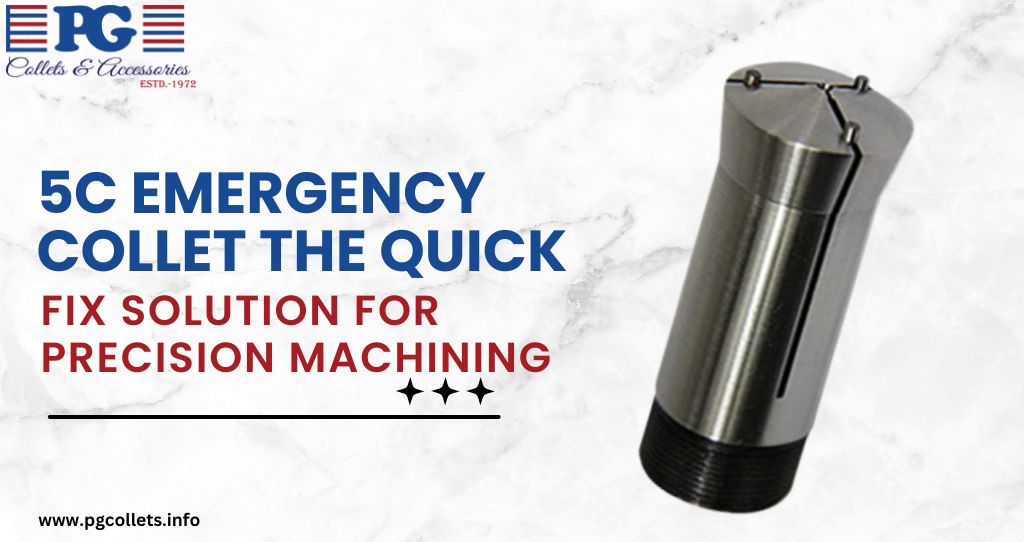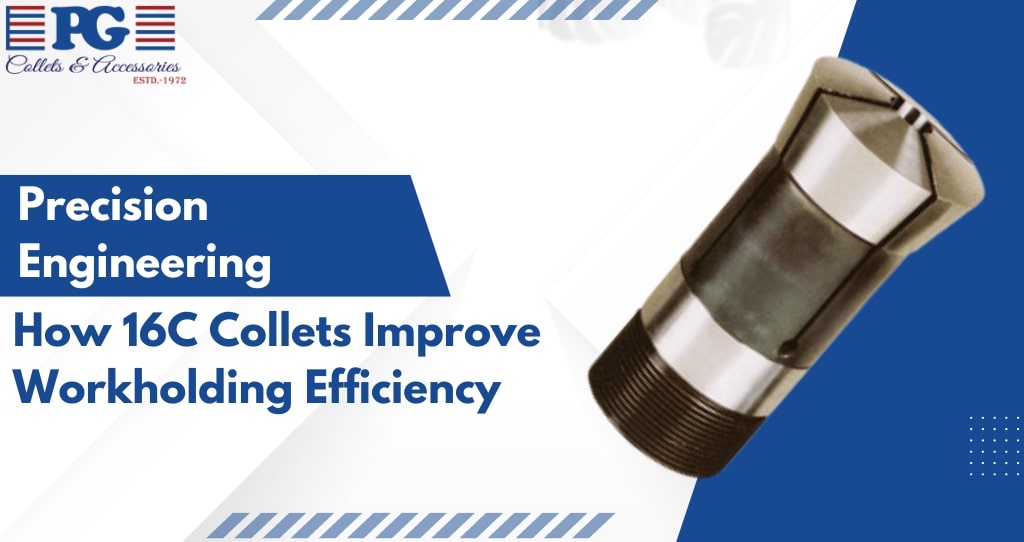Introduction
In the world of precision machining, where every fraction of a millimeter matters, having the right tools at your disposal is crucial. One such tool that stands out is the 5C Emergency Collet. This innovative solution has revolutionized the way machining processes are carried out, providing a quick-fix solution that ensures unparalleled precision. In this article, we delve into the features and benefits of the 5C Emergency Collet, shedding light on why it has become a go-to choice for machinists.
Understanding the 5C Emergency Collet
The 5C Emergency Collet is a versatile collet that has gained immense popularity among professionals in the machining industry. This collet is designed to hold workpieces securely and accurately, making it an indispensable component in various machining applications. Whether you’re working on a lathe, mill, or other machining equipment, the 5C Emergency Collet proves its worth by ensuring that your workpiece remains stable throughout the process.
Key Features
1. Quick-Fix Solution
The standout feature of the 5C Emergency Collet is its ability to provide a quick-fix solution. When time is of the essence and precision cannot be compromised, this collet comes to the rescue. Its efficient gripping mechanism ensures that workpieces are securely held, minimizing downtime and maximizing productivity.
2. Precision and Accuracy
Precision machining demands utmost accuracy, and the 5C Emergency Collet delivers exactly that. With its advanced gripping technology, it maintains a tight grip on the workpiece, eliminating any chances of slippage or misalignment. This results in finished products that meet the highest quality standards.
3. Versatility
Versatility is another feather in the cap of the 5C Emergency Collet. It can accommodate a wide range of workpiece sizes, making it suitable for various machining tasks. This eliminates the need for multiple collets, streamlining the machining process and saving both time and resources.
Benefits
1. Time Efficiency
Time is a precious resource in the machining industry. The 5C Emergency Collet’s quick-fix mechanism reduces setup time significantly, allowing machinists to focus more on the actual machining process. This not only enhances efficiency but also opens up room for handling more projects within a given timeframe.
2. Reduced Material Waste
Misalignments or slippages during machining can lead to material wastage, which translates to increased costs. By firmly holding the workpiece, the 5C Emergency Collet minimizes the chances of errors, ultimately reducing material waste and improving cost-effectiveness.
3. Improved Workflow
Smooth workflow is the cornerstone of successful machining operations. The 5C Emergency Collet’s reliability ensures that the workflow remains uninterrupted, as there is no need for frequent adjustments or realignments. This results in a seamless machining process that delivers consistent results.
Conclusion
In the realm of precision machining, the 5C Emergency Collet has emerged as a game-changer. Its quick-fix solution, combined with its precision, versatility, and efficiency, has earned it a well-deserved spot as a must-have tool for machinists. By choosing the 5C Emergency Collet, professionals can elevate their machining processes, achieve superior results, and stay ahead in the competitive landscape of precision manufacturing. Embrace the power of this innovative collet and experience the transformation it brings to your machining endeavors.



